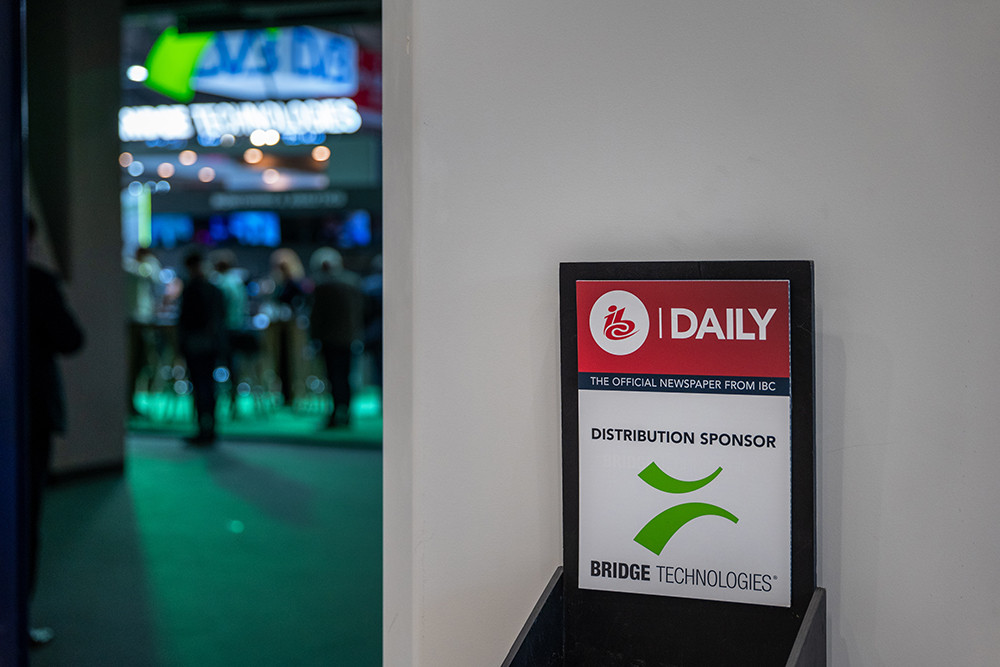When Time and Space Don’t Matter: IP Monitoring Beyond the RAI Halls
October 9, 2025
A quick poll amongst the team for their three-word assessment of how IBC 2025 went and the answer was fairly unanimous: busy, busy, busy. IBC 2025 is always hectic – the preparation, the show itself, the recalibration and consolidation afterwards. But this year that energy felt particularly pronounced at the Bridge booth, even though numbers were slightly lower for IBC overall.
Of course, that could be because it’s now an open secret that the Bridge booth is by far the best place to get a coffee, or something a little more… bubbly. But we suspect the other reason is because it’s now no secret at all that Bridge products are a fundamental core of the broadcast industry: and the Bridge booth is the best place to talk about them.
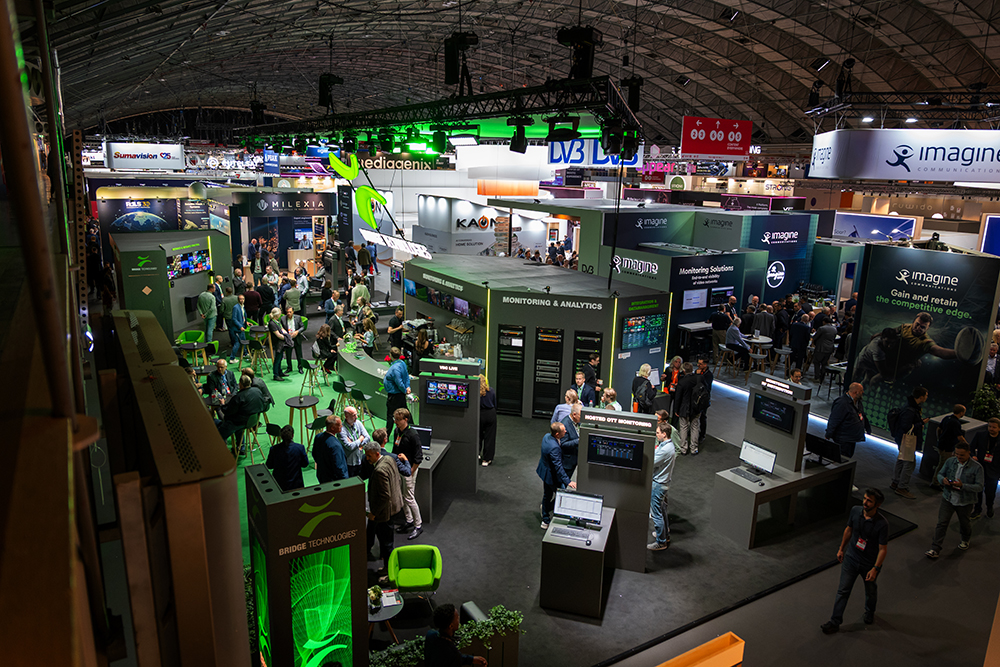
Beyond Time and Space
For many exhibitors, IBC is one of the most crucial events of the year: one of only two or three opportunities in the year to show off their particular box of tricks and give visitors a full demonstration of their product’s capabilities. For us though, that’s always only been a part of the equation, since we can demo our probes anywhere (indeed, Simen K. Frostad has been known to pull out his phone in the middle of a restaurant and do just that!).
Why? Because IP unlinks people from needing to be in the same room as their equipment. Whether you’re next door or across the world, you can monitor any part of the chain in real time. In that sense, time and space stop mattering.
This year though, our ability to set up an IBC hub for people to flock to was more advantageous than ever, because we’ve been experimenting a little with physical products: ones you can touch and feel. It’s a luxury born from the very nature of the VB440: because our probes are inherently flexible and time/space independent, we can rethink production’s most basic physical elements: display and control.
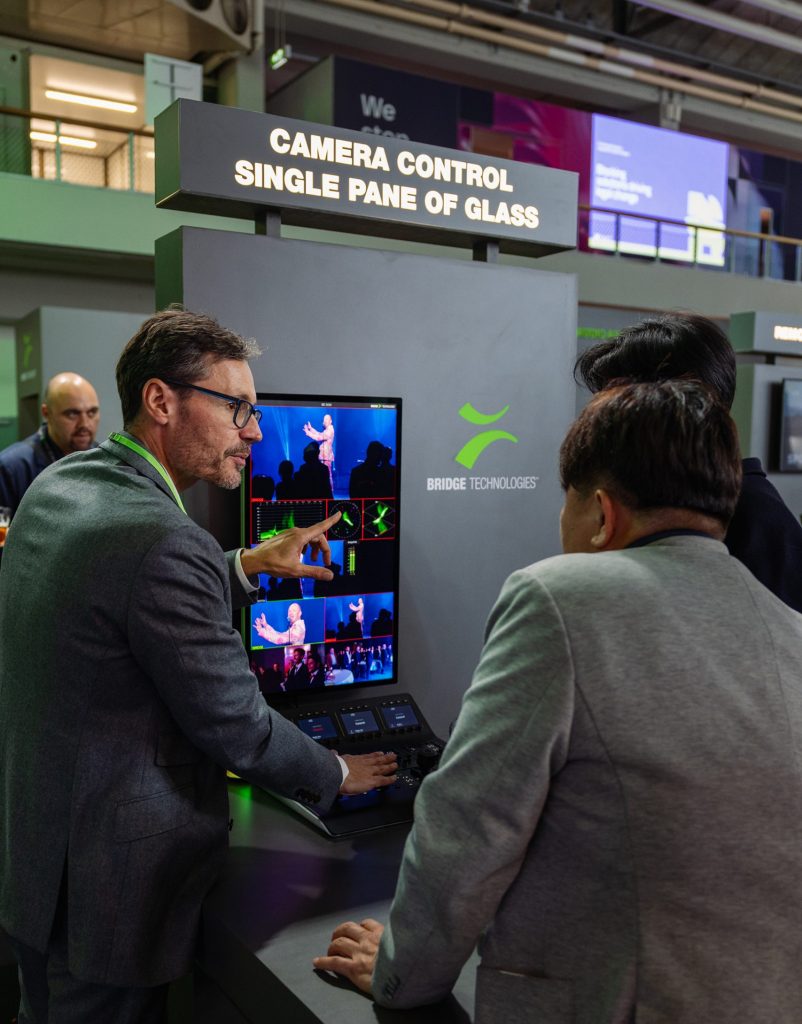
On the display side, this has led to our ‘single pane of glass’ concept. Traditionally, zero-latency switching required a wall of monitors – expensive to buy, complex to set up, heavy to move, and costly to run. Even with multi-feed single screen displays, a dedicated low-latency server was still required, consuming rack space and energy. With the VB440, that burden disappears. It enables seamless, dynamic mosaics or Canvas workflows, all customisable within one space.
Then there’s our volume control button. One of the most intricate electromechanical builds we’ve ever undertaken, it packs three PCB layers into a razor-thin profile to deliver instant responsiveness. Crucially, multiple buttons can be connected across the chain, giving every operator their own access point, with each button responsively linked to the others. No more leaning over colleagues or fighting for control.
The beating heart: the VB440
The common denominator with these remarkable pieces of equipment is the fact that the bones of the work is all being done back in the VB440. It’s really difficult to overstate just how fundamentally this changes the game: performing an abundance of tasks by combining serious processing power with seriously well-designed, efficient tools.
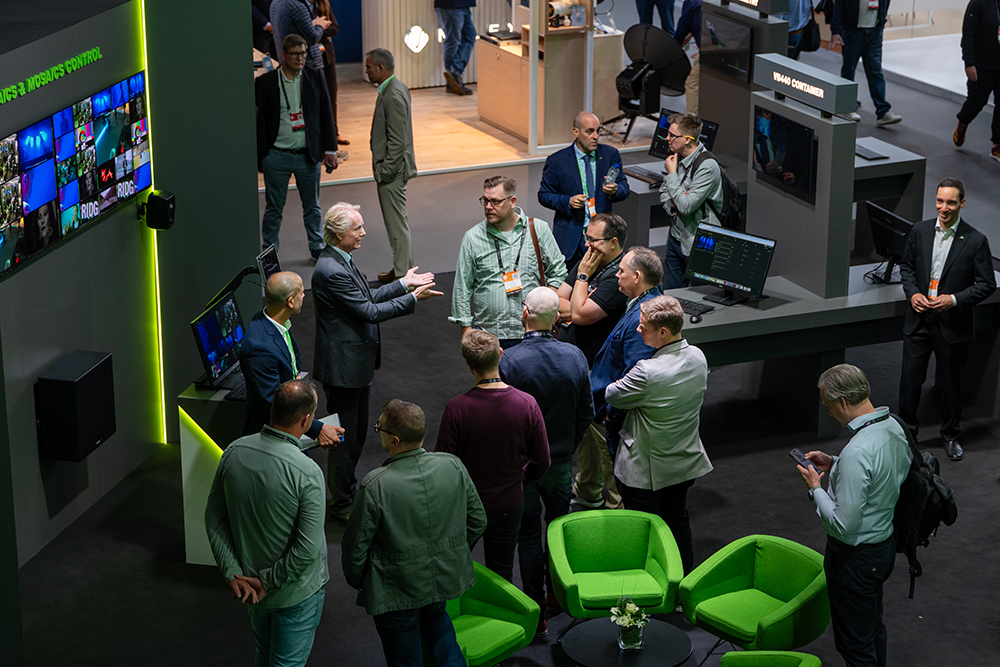
That means that when it comes to control and display options, whatever you do choose to have on the desk – be that ‘the audio button, an InstrumentView iPad kit, a single pane of glass with the Canvas workspace or mosaic display – the work is being done by a single appliance behind-the-scenes: meaning the kit can stay sleek, streamlined and a choice, not a burden.
Stream-first thinking
Speaking of sleek and streamlined, it’s not just the VB440 that had cool new tricks to demo: our distribution probes have also had an impressive webUI overhaul which dramatically rethinks the way a user works with the data. In many ways we had become victims of our own success: we’ve developed the functionality of our probes so much over the years, adding feature after feature, that the difficulty became where to put them all. Like a Swiss Army knife so packed with blades, you can’t find the corkscrew.
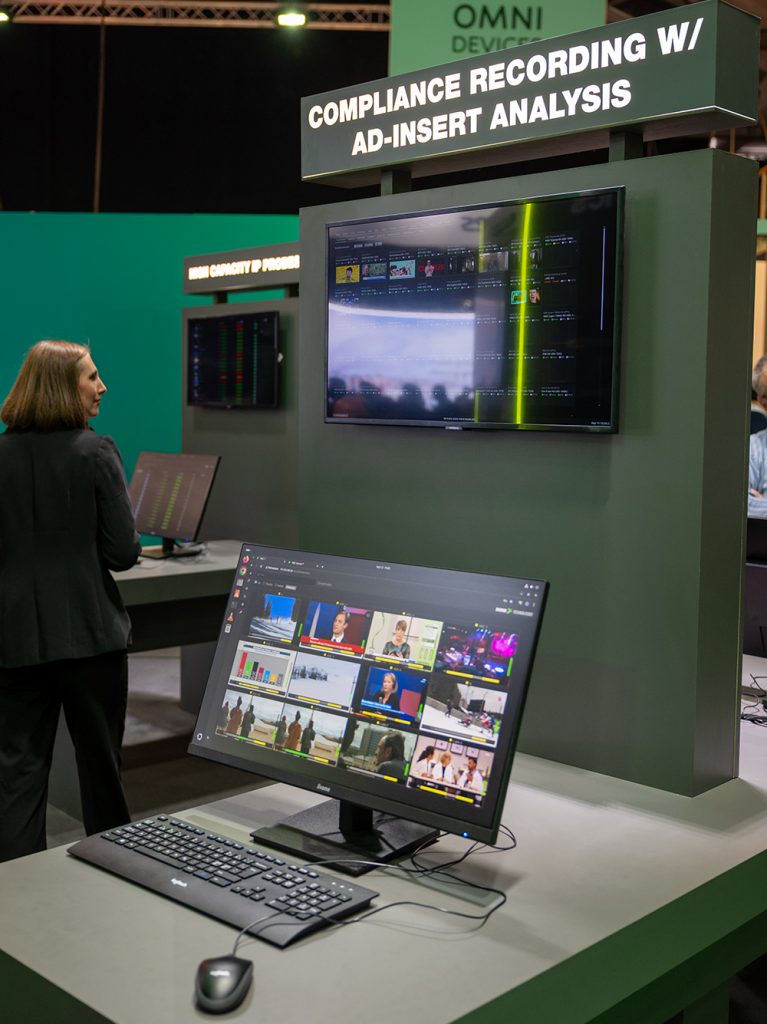
So, we’ve rebuilt the UI from the ground-up, with what we’re calling an ‘operator’ focus. There are still the vast drill-down menus for power users underneath. But on top, we’ve changed the focus from function-first to stream-first. Rather than seeking a function you want to review and then finding the stream within it, you now find the stream you want to review and access the potential functions from that. It’s a much more streamlined (geddit?) way of thinking.
We’ve also made it so that adapting thresholds can be done right from within the relevant view, rather than having to cycle out and through other tabs and windows. It doesn’t just serve the benefit of being faster, it also ensures that the users’ attention can stay cleanly within the task: no mental niggles to interrupt a solid working flow state. Same goes with the addition of a dark mode; all these design decisions support the idea of decluttering not just the workspace, but the mental space of the user as well.
Award winning, as ever
Of course, it wouldn’t be a Bridge IBC round-up blog if we didn’t boast a little bit about our latest award. This year it was the TVTech Best of Show award for our VB440 Container, which represents the containerisation of each of the VB440’s tools allowing them to become self-contained units deployable anywhere for overflow usage in live productions. Users can scale operations dynamically, increasing capacity precisely when needed, without unnecessary long-term infrastructure investment. Fortunately, the judges thought it was just as cool as we do.
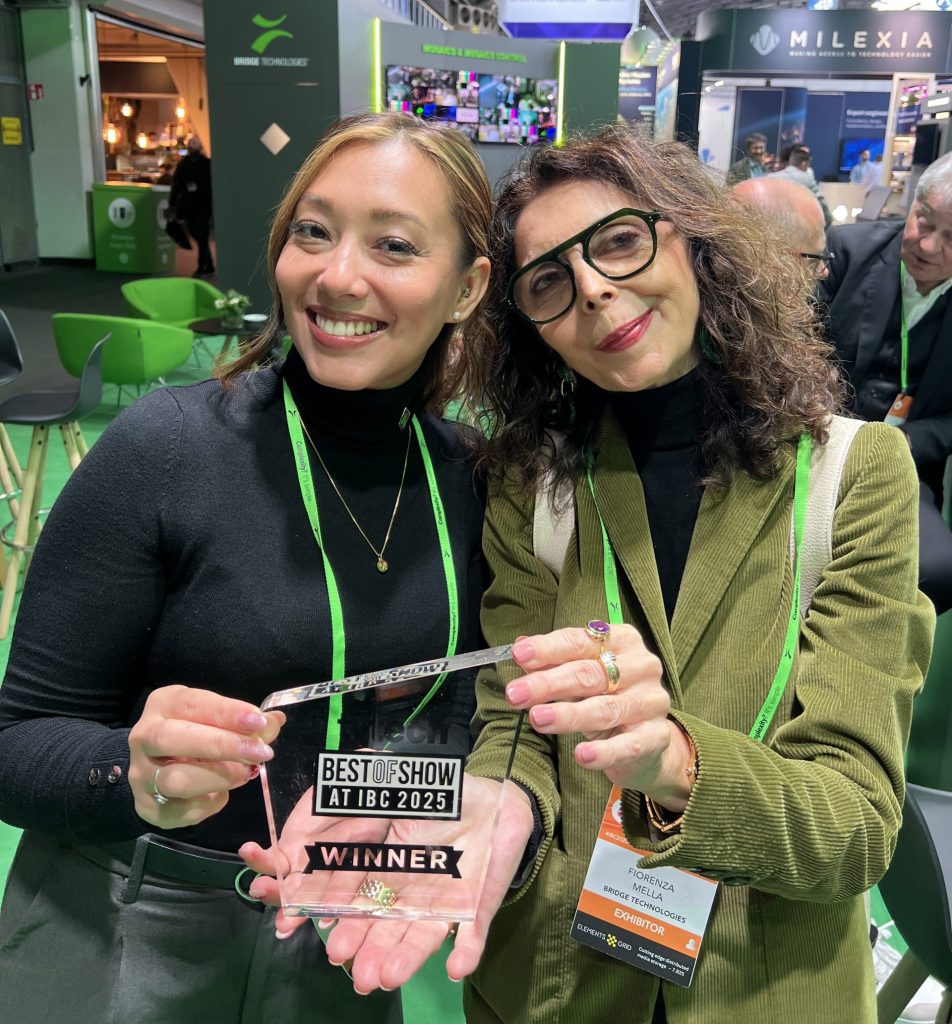
Bridging Time and Space
As ever, IBC might be over, but the work – and the conversation – carries on. That’s the beauty of what Bridge builds: tools that ignore the limits of time and place, connecting teams, technologies and ideas wherever they happen to be. Whether it’s through sharper design, smarter data, or simply better ways of working, our aim remains the same – to keep the industry moving forward, together, with clarity, confidence, and just a little bit of champagne.
On to the next one!
